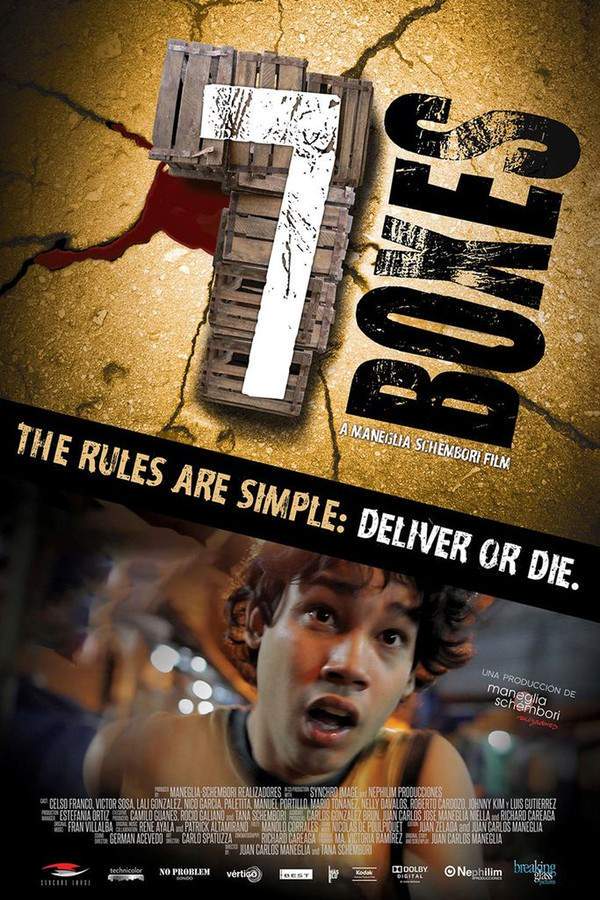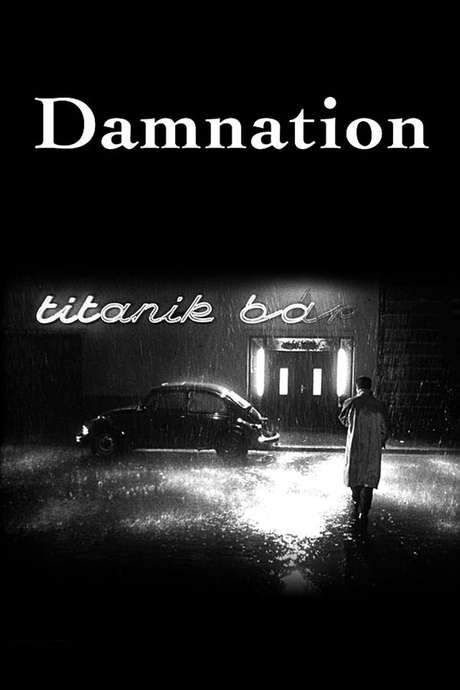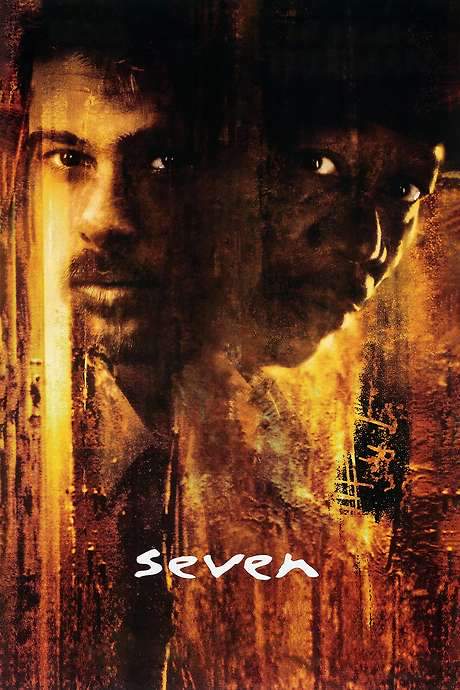
The Seventh Continent
Year: 1989
Runtime: 107 mins
Language: German
Director: Michael Haneke
Over three years, the film follows a middle‑class family caught in the monotony of daily routines and occasional minor setbacks. Beneath their seemingly calm, repetitive existence, the members conceal a dark, coordinated plan that slowly emerges as the story unfolds.
Warning: spoilers below!
Haven’t seen The Seventh Continent yet? This summary contains major spoilers. Bookmark the page, watch the movie, and come back for the full breakdown. If you're ready, scroll on and relive the story!
Timeline – The Seventh Continent (1989)
Trace every key event in The Seventh Continent (1989) with our detailed, chronological timeline. Perfect for unpacking nonlinear stories, spotting hidden connections, and understanding how each scene builds toward the film’s climax. Whether you're revisiting or decoding for the first time, this timeline gives you the full picture.
Last Updated: October 09, 2025 at 14:19
Unlock the Full Story of The Seventh Continent
Don't stop at just watching — explore The Seventh Continent in full detail. From the complete plot summary and scene-by-scene timeline to character breakdowns, thematic analysis, and a deep dive into the ending — every page helps you truly understand what The Seventh Continent is all about. Plus, discover what's next after the movie.
The Seventh Continent Summary
Read a complete plot summary of The Seventh Continent, including all key story points, character arcs, and turning points. This in-depth recap is ideal for understanding the narrative structure or reviewing what happened in the movie.

Similar Movies to The Seventh Continent
Discover movies like The Seventh Continent that share similar genres, themes, and storytelling elements. Whether you’re drawn to the atmosphere, character arcs, or plot structure, these curated recommendations will help you explore more films you’ll love.
Explore More About Movie The Seventh Continent
The Seventh Continent (1989) Plot Summary & Movie Recap
The Seventh Continent (1989) Scene-by-Scene Movie Timeline
The Seventh Continent (1989) Spoiler-Free Summary & Key Flow
Movies Like The Seventh Continent – Similar Titles You’ll Enjoy
7 Boxes (2014) Story Summary & Characters
Seven (1995) Spoiler-Packed Plot Recap
Seven Stages to Achieve Eternal Bliss (2018) Spoiler-Packed Plot Recap
Seven and a Half (2019) Story Summary & Characters
7 Seconds (2005) Film Overview & Timeline
Seven Invisible Men (2005) Story Summary & Characters
The Seventh Day, the Eighth Night (1990) Film Overview & Timeline
Damnation (1988) Complete Plot Breakdown
Se7en (1995) Story Summary & Characters
Weekend (1967) Film Overview & Timeline
The Seventh Floor (1994) Full Summary & Key Details
The Cars That Ate Paris (1974) Plot Summary & Ending Explained
Clean, Shaven (1993) Full Movie Breakdown
The 7th Commandment (1961) Plot Summary & Ending Explained
The Eighth Clause (2022) Plot Summary & Ending Explained

















